Recent Articles
Popular Makes
Body Types
Fire Away: Ten Minutes with Mercedes-Benz USA President and CEO Steve Cannon

At last week's launch of the 2014 Mercedes-Benz CLA-class, the buzz words were all numbers: specifically, the brand's ambitious plan to launch a sub-$30,000 sedan in the competitive North American marketplace.
We had the opportunity to sit down with Mercedes-Benz USA's president and CEO, Steve Cannon, to discuss his outlook on the chances of success for the CLA250 and the new customers it might attract, as well as ruminations on the future of the three-pointed star.
Sixty percent. It could be higher, but some of our customers are going to look at that car and go, ‘wow: I’ve been waiting for that from you guys for years.’ We’re going against the last year of the C-class life cycle. I’m not worried that the two will be complements to each other. [60%] is what the C-class did, and [CLA] could probably do better.
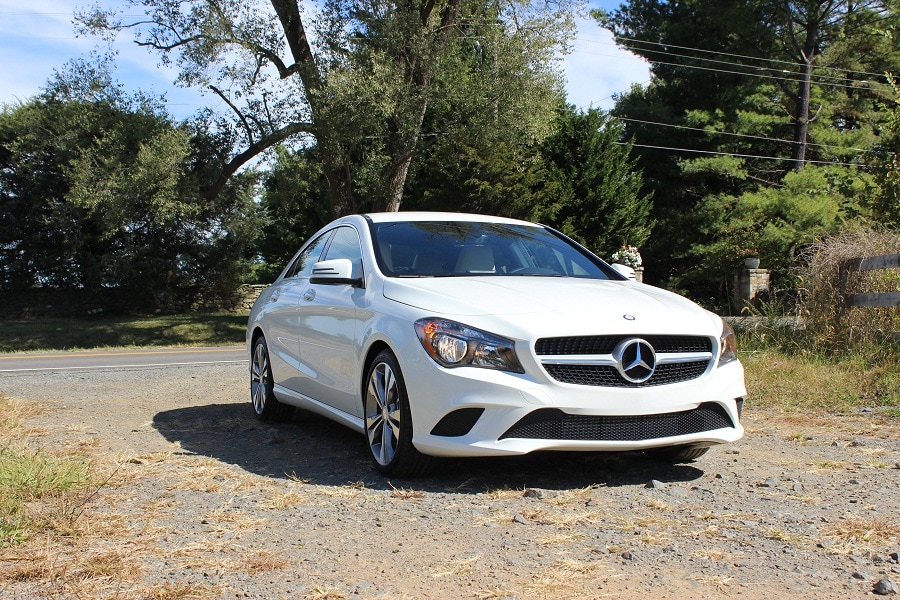
The next C-class takes such a dramatic step - a little bit bigger, the interior takes a quantum leap in terms of level of fit and finish, and the styling is as sporty as we’ve ever produced in a C-class. I am excited to see those two, side-by-side, in a showroom.
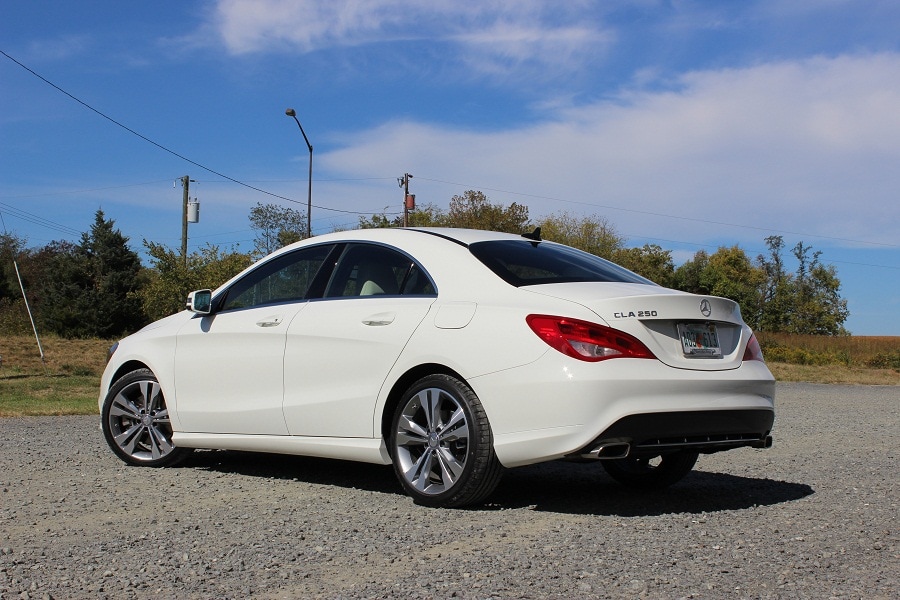
CLA will bring in people who may never have considered a Mercedes-Benz before. We are now going to get into a price territory of a high-end Honda Accord, or Toyota Camry, buyer. They’re spending that kind of money; we’re going to give them an alternative that I think is pretty compelling. The C-class moves up a little in image, I think. When you see the new car, you’ll say, ‘that’s almost E-class level of execution.’
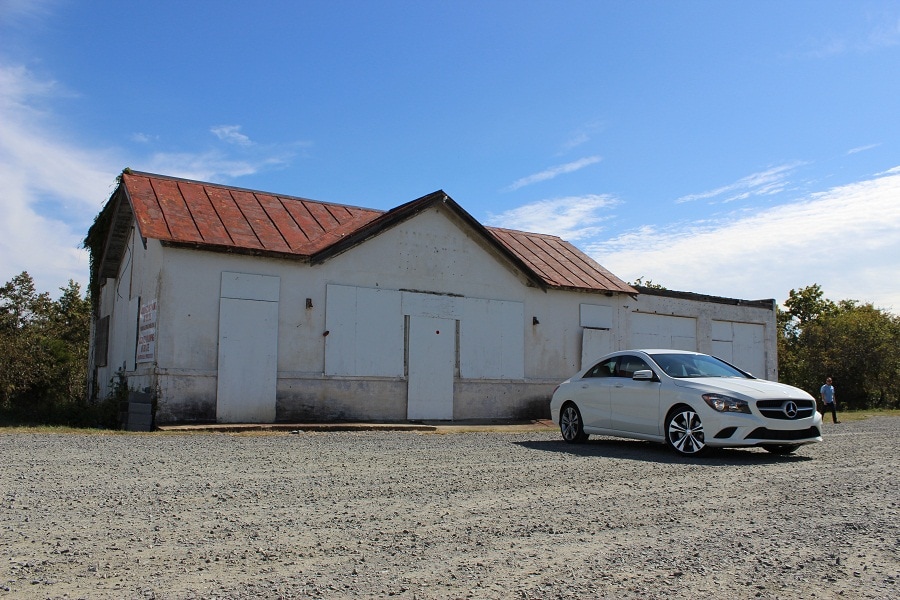
We’re not going to get into selling $24,000 cars. That’s what a mid-trim level Ford, Honda [costs.] The average [new car] transaction price is our entry point. When you typically equip it, you’ll probably be at $35,000. If you maximum-equip it, you can get it right to $40,000. We’re comfortable with that place, and not looking to go further downmarket.
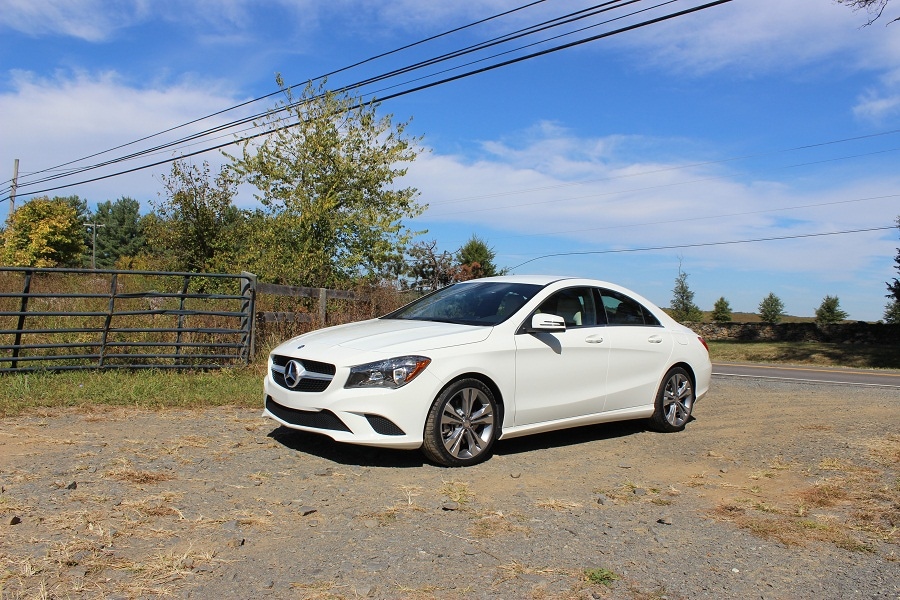
You can sense that there is a clear changing of the guard - more sporty and more aggressive design philosophy. It’s something that we have been asking for in the United States for years, and we have resorted to tricks to make the base vehicles more sporty. We’ve been putting on AMG sort-of sport kits, for years and years. We said that the only reason we were doing this was because the base car is not sporty enough for the needs of the U.S. market. We have a new design chief, Gordon Wagener, who is 44, and has spent a significant amount of time running our L.A. design studio. You can see [his influence] finding its way, product by product, in everything. Over time, we’re shaking off this image that Mercedes-Benz has a conservative design philosophy, maybe designed for older people who are more established and more serious. Now, you can see that we’re having some fun.
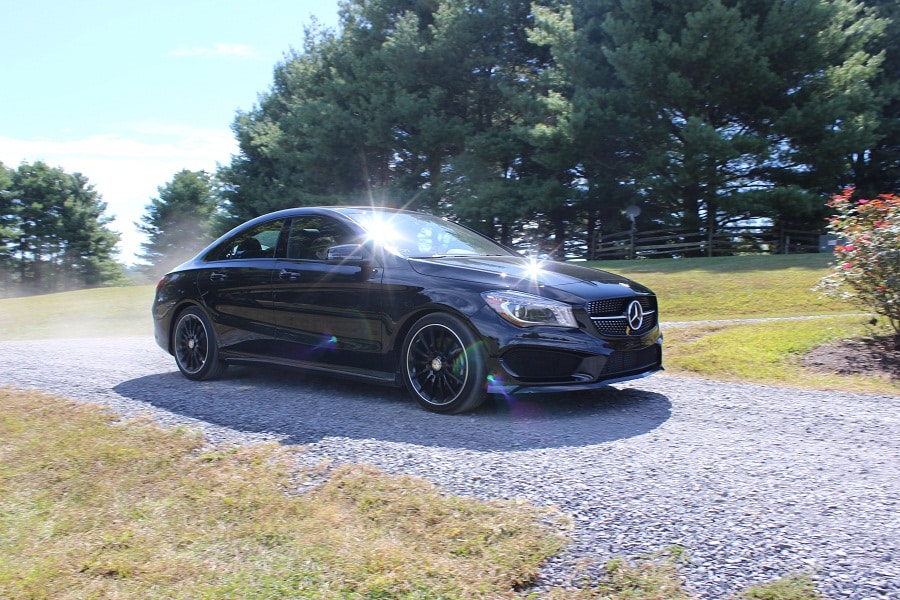
Right now, they are not on the platform. The problem with diesel technology is that it’s more expensive. In a price-sensitive bracket, our ability to pass on technology costs for diesel is very difficult, so we’re sticking with our highly efficient, direct-injection four-cylinder. Thirty-eight mpg on the highway is a very competitive number.
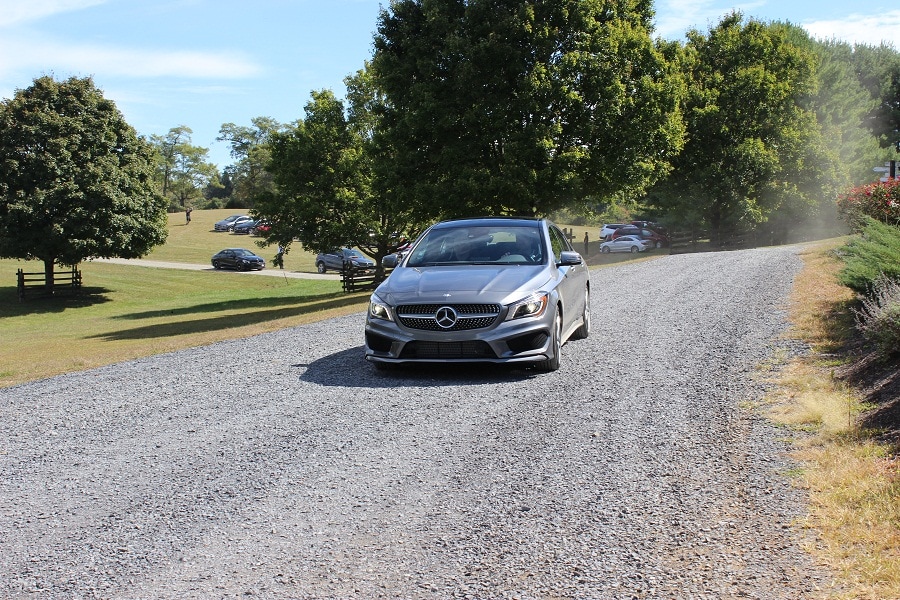
China is going to be a CLA market. There are no plans for it to be an extended-wheelbase [model]. We’re going to be the #1 CLA market, as well. Our only issue is how to get a bigger share of the global production capacity. We think that there will be enough demand for us to grow that. The only limiting factor is capacity.
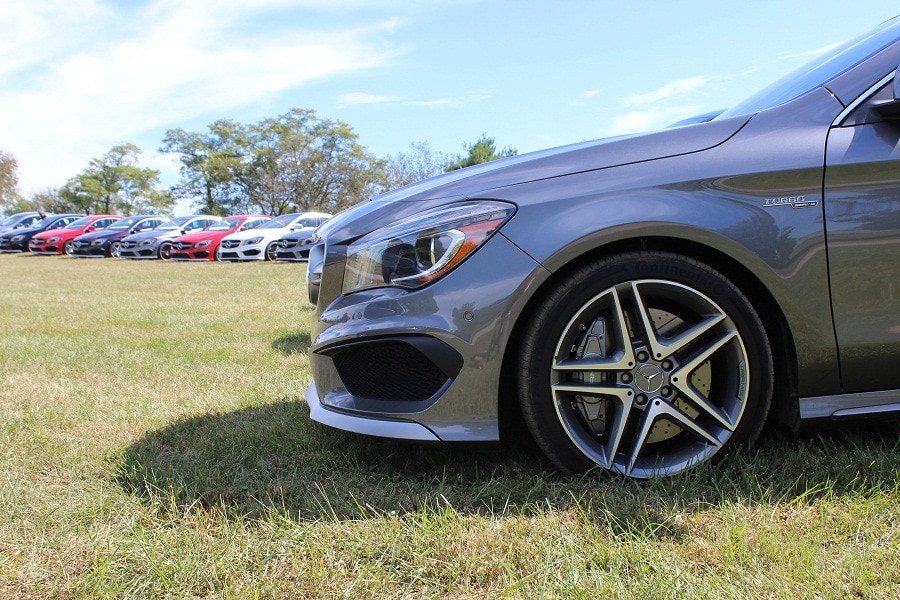
GLA. They’ll be complementary entry points. The biggest growth segment is sporty crossovers. We have a crossover bias in the United States, which is why we sell more trucks than cars. To me, there will be equal opportunity: a one-two punch. The second car for a CLA driver could be an M-class, or a new GLK. Our eco-system is bigger than anyone else’s in the business. We have points on the map that they can migrate to.
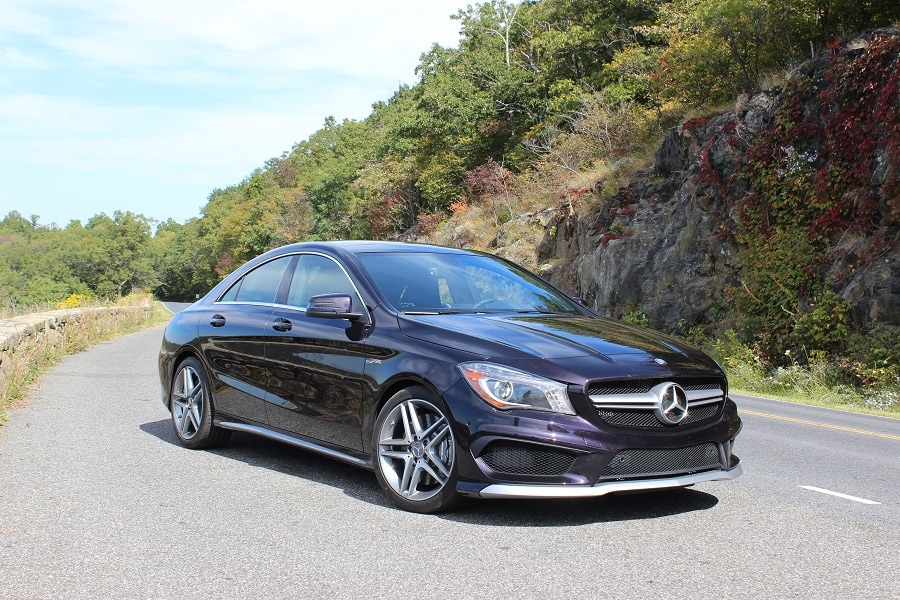
We’ll be out ahead of i3; we have the B-class coming. We’re bringing the B-class as electric-only. What’s so nice about it is its sandwich floor that has allowed us to tuck the lithium-ion battery technology in between the front and rear wheels. It’s the perfect compartmentaliztion of that design without any intrusion to the passenger space or cargo space. Combined with a 100-mile range, we feel very good that we’re going to have a compelling, full-electric offering -- based on the Tesla cooperation, same battery and drivetrain power management. We’re going to continue to expand; plug-in hybrids will be the next big thing for us, to ultimately get our fleet to the 54.5-mpg requirement in 2025.
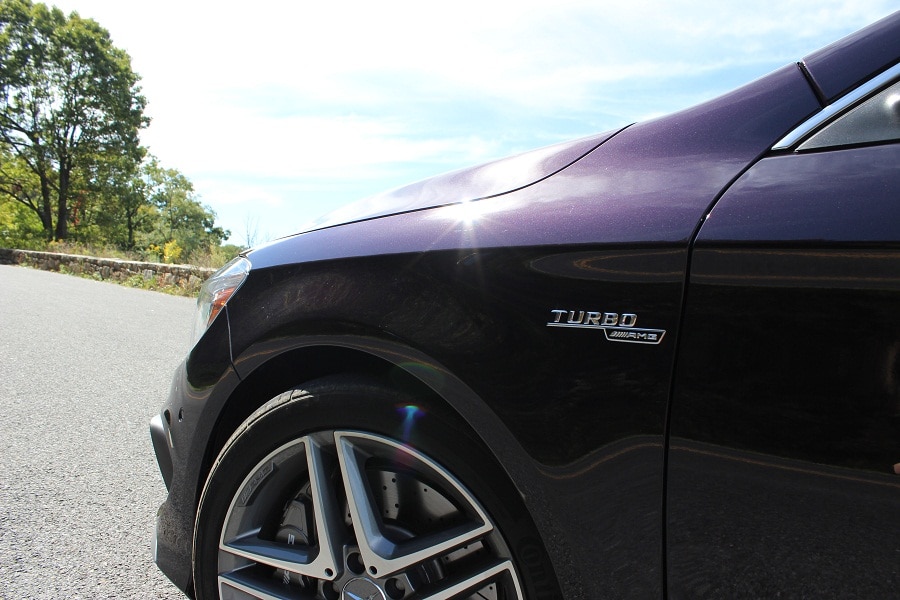
It’s risky. You could call it audacious, or very risky. Electric is going to be part of the landscape. The question is: how far ahead of the curve do you want to be? [With the] Nissan LEAF, they got out ahead with capacity, in front of consumer demand. Demand will grow, slow and steady. If incentives go away, which is in discussion in Washington -- ‘can we afford to incentivize these cars as volume continues to go up’ -- there isn’t a natural move into alternative drivetrains. It’s going to be a tricky game for all of us, choreographing the introduction of new technologies at a cadence that the consumer is willing to pay for.
